The final results from the Muon g − 2 experiment agree with the latest predictions of the muon’s magnetic properties—letting down hopes that the particle would upset the standard model’s applecart.
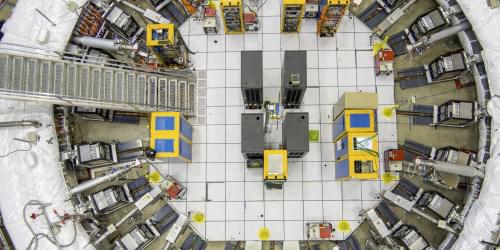

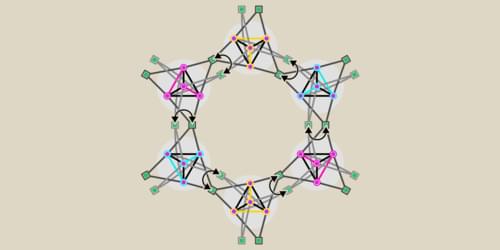
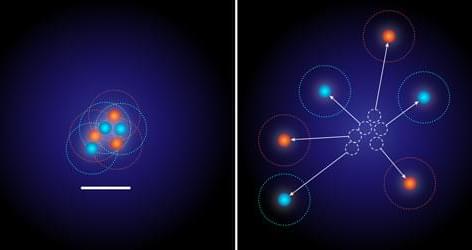
A new technique allows the imaging of an atomic system in which the interatomic spacing is smaller than the optical-resolution limit.
To gain in-depth understanding of quantum matter, researchers need to probe it at the microscopic level. Ultracold atoms—ensembles of atoms cooled to near absolute zero—offer an exceptionally clean and controllable platform for exploring collective quantum phenomena. Over the past two decades, researchers have sought to take in situ “snapshots” in which every single atom is individually resolved in position and, when needed, in spin. Recent advances have brought this vision to life and have significantly accelerated our understanding of collective quantum behaviors. Yet an important challenge remains: In a number of situations, the typical spacing between particles is smaller than the resolution limit of conventional optical imaging. Now Selim Jochim and his group at Heidelberg University in Germany have introduced a method to overcome this barrier by making the system “self-magnify” before imaging [1].

A multinational collaboration of researchers report that psychiatric spousal resemblance across nine psychiatric disorders appears consistent and persists across birth cohorts for roughly 90 years in a sample of over 14 million.
Previous small-scale marriage registry studies have reported spousal similarities for several disorders and related psychiatric traits. A larger, population-based comparison across cultures and generations was needed to assess how widespread the phenomenon extends.
In the study, “Spousal correlations for nine psychiatric disorders are consistent across cultures and persistent over generations,” published in Nature Human Behaviour, researchers performed a large-scale analysis to quantify spousal correlations across nine psychiatric disorders and to test cultural and generational stability.
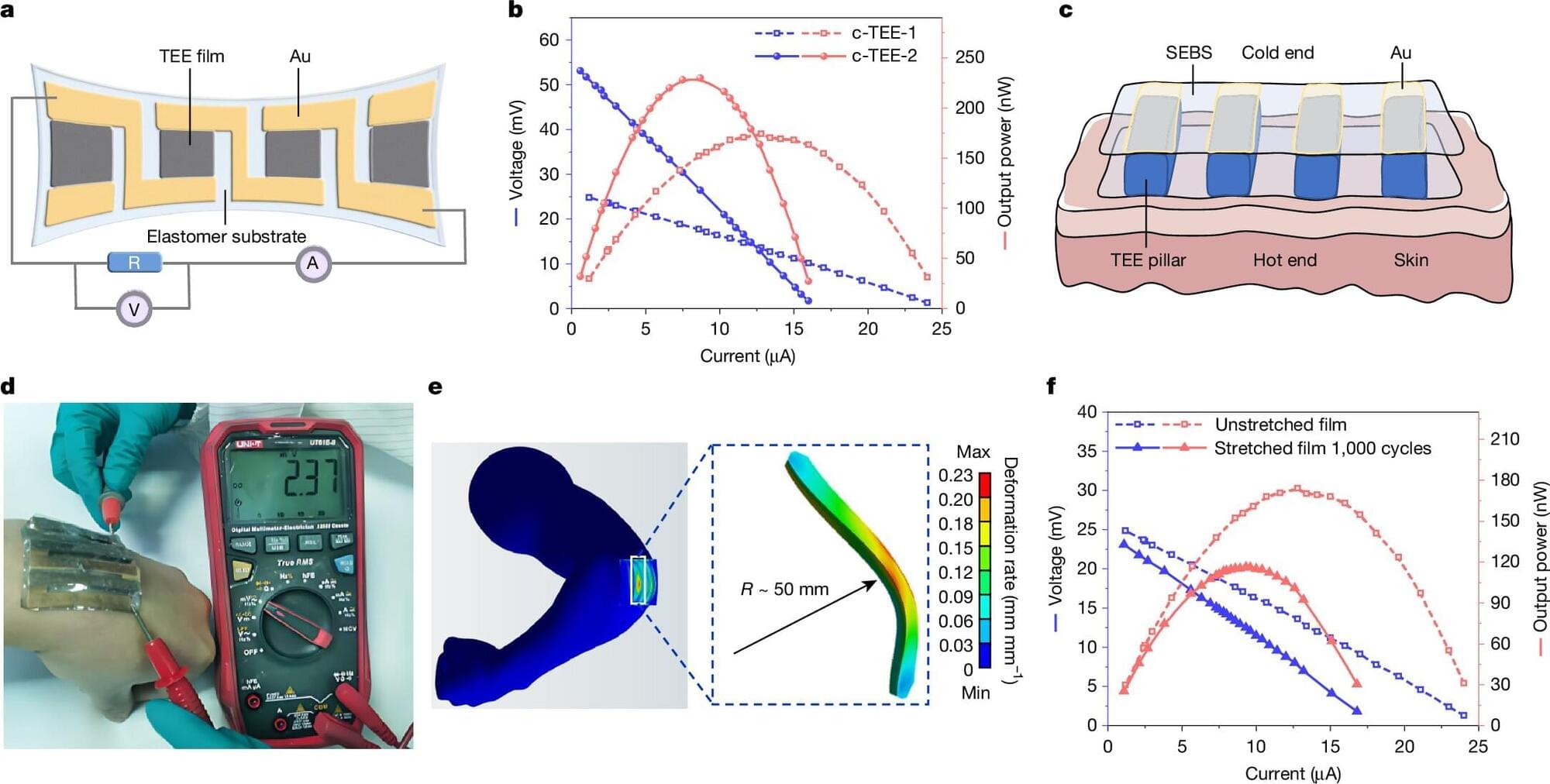
A team led by scientists from Peking University has developed a rubber-like material that converts body heat into electricity. This advance could allow the next generation of wearable electronics to generate their own power continuously without the need for bulky batteries or constant recharging.
“Our thermoelectric elastomers combine skin-like elasticity with high energy conversion efficiency, paving the way for next-generation self-powered wearables,” the team said.

Researchers at the University of Illinois Urbana-Champaign have developed a novel framework for understanding and controlling the flow behavior of granular hydrogels—a class of material made up of densely packed, microscopic gel particles with promising applications in medicine, 3D bioprinting, and tissue repair.
The new study, published in Advanced Materials, was led by chemical and biomolecular engineering professors Brendan A. Harley and Simon A. Rogers, whose research groups specialize in biomaterials engineering and rheology, respectively.
Granular hydrogels have a unique ability to mimic the mechanical properties of living tissue, which makes them ideal candidates for encapsulating and delivering cells directly into the body. By integrating material synthesis and characterization with rheological modeling, the researchers created a predictive model that captures the essential physics of how granular hydrogels deform—reducing a complex problem to a few controllable parameters.

Matter gets weird at the quantum scale, and among the oddities is the Efimov effect, a state in which the attractive forces between three or more atoms bind them together, even as they are excited to higher energy levels, while that same force is insufficient to bind two atoms.
At Purdue University, researchers have completed the immense quantum calculation required to represent the Efimov effect in five atoms, adding to our fragmented picture of the most fundamental nature of matter.
The calculation, which applies across a broad range of physical problems—from a group of atoms being studied in a laser trap to the gases in a neutron star—contributes to our foundational understanding of matter and may lead to more efficient methods for confining atoms for study.

Researchers from Delft University of Technology in the Netherlands have been able to see the magnetic nucleus of an atom switch back and forth in real time. They read out the nuclear “spin” via the electrons in the same atom through the needle of a scanning tunneling microscope.
To their surprise, the spin remained stable for several seconds, offering prospects for enhanced control of the magnetic nucleus. The research, published in Nature Communications, is a step forward for quantum sensing at the atomic scale.
A scanning tunneling microscope (STM) consists of an atomically-sharp needle that can “feel” single atoms on a surface and make images with atomic resolution. Or to be precise, STM can only feel the electrons that surround the atomic nucleus. Both the electrons and the nucleus in an atom are potentially small magnets.

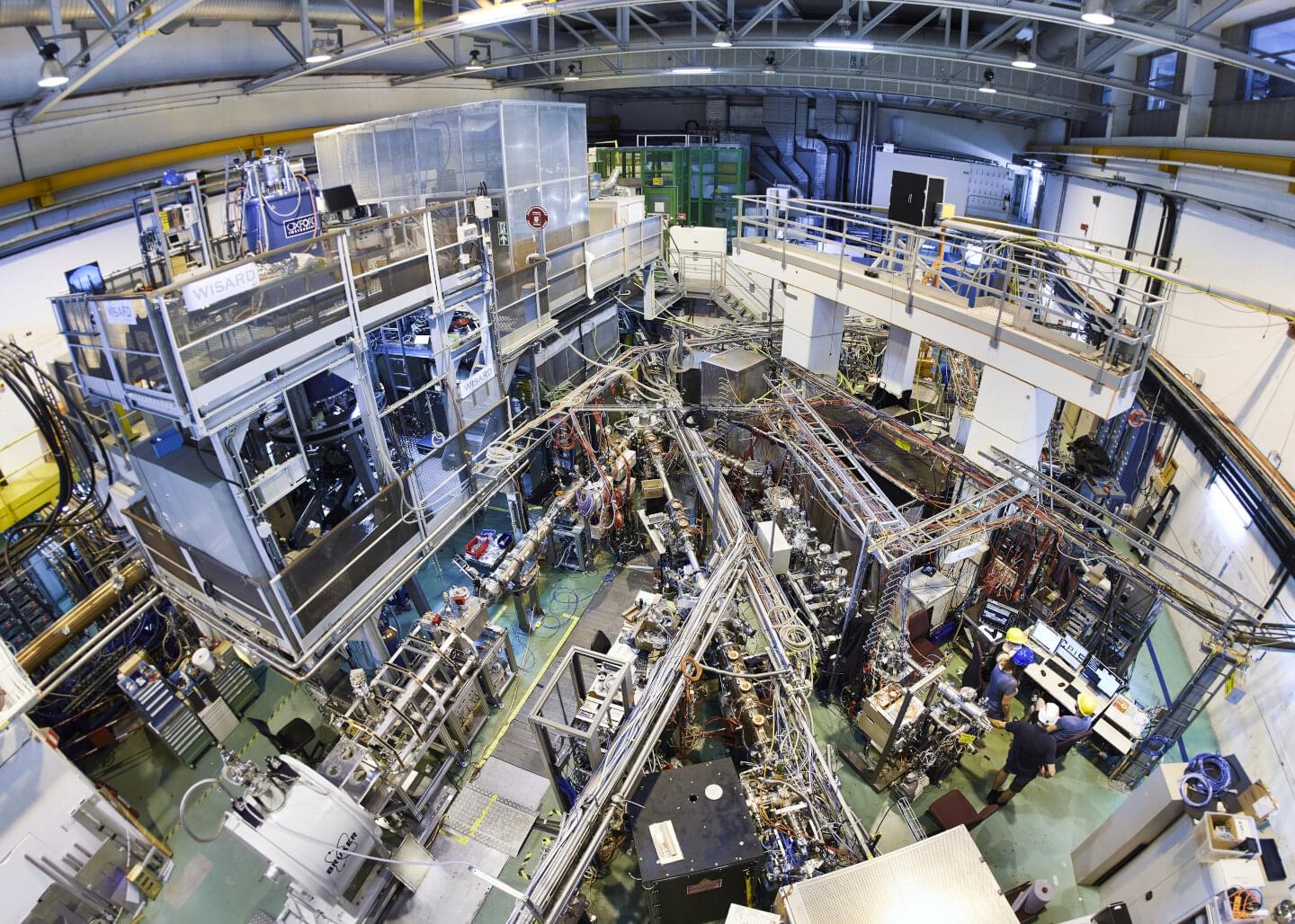
An experiment carried out at CERN’s ISOLDE facility has determined the western shore of a small island of atomic nuclei, where conventional nuclear rules break down.
The atomic nucleus was discovered over a century ago, yet many questions remain about the force that keeps its constituent protons and neutrons together and the way in which these particles pack themselves together within it.
In the classic nuclear shell model, protons and neutrons arrange themselves in shells of increasing energy, and completely filled outer shells of protons or neutrons result in particularly stable “magic” nuclei. But the model only works for nuclei with the right mix of protons and neutrons. Get the wrong mix and the model breaks down.